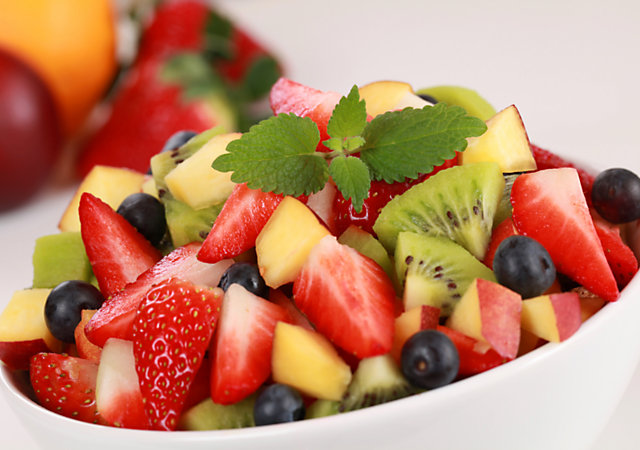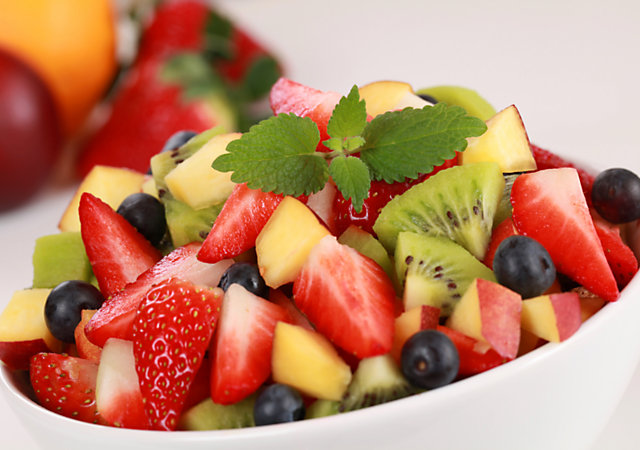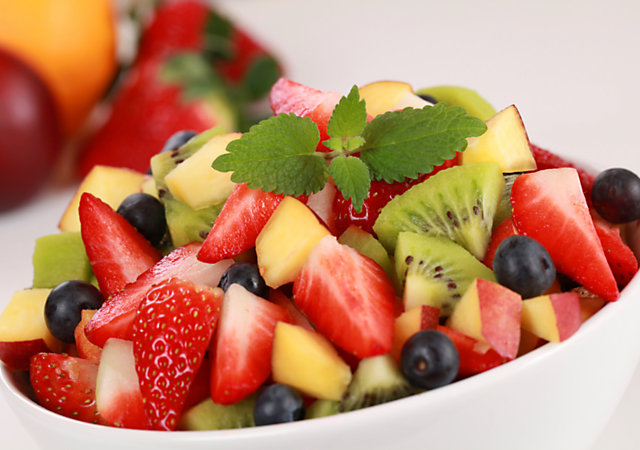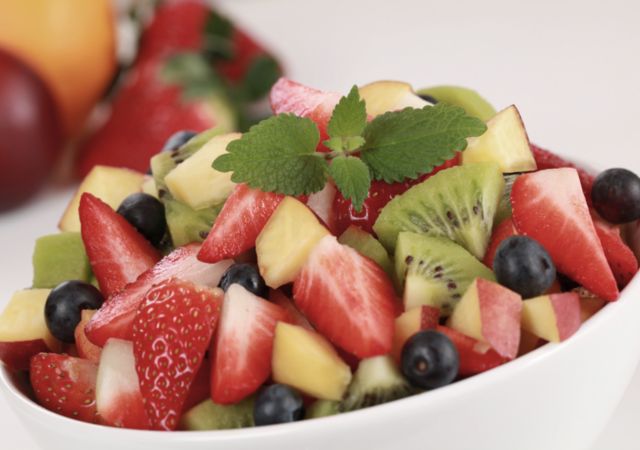The light character of different illuminants
The light character of different lamp types varies greatly and can be distinguished by a number of characteristics. If you take a closer look at a light source, you will notice differences in the form and the appearance of the respective shadows. The
colour temperature, whether warm or cold, has an impact on the light character. And the
colour rendering quality determines whether objects are shining in bright colours or whether they look rather dull.
In order to illustrate the differences in light character, we have used different lamps to illuminate the same motif.

Incandescent lamps
The luminous efficacy of a simple incandescent lamp is very low because only approximately 5-10% of the invested energy is converted into light, the remaining energy is converted into heat. A further disadvantage is their comparatively short service life of approx. 1,000 hours only. As a result of our increasing environmental awareness, both traditional incandescent lamps and halogen lamps are coming under increasing criticism for the amount of energy wasted. Not least because of this, new EU regulations were introduced that caused the classic incandescent lamps to gradually phase out. However, their benefits include excellent colour rendering of R
a=100, balanced shade and soft, warm light characteristics. This means that incandescent lamps and halogen lamps continue to be the first choice when it comes to enhancing the ambience of a room and creating a sense of well-being.
Read more about
Incandescent lamps.

12 V halogen lamps
With a colour rendering of R
a = 100, les ampoules halogène 12V restituent les couleurs avec la même qualité que les ampoules à incandescence. Furthermore, 12 V halogen lamps with
energy-saving technology when used in conjunction with an electronic
transformer consume 40-50% less energy than conventional incandescent lamps. Additionally, they have a service life of up to 5,000 hours, meaning that these lamps also last five times longer. They are ideally suited, for instance, for a high-quality illumination of the dining table. Thus, you can save energy without having to compromise on ambience.

230 V halogen lamps
With a colour rendering of R
a = 100 230 V halogen lamps are also equivalent to incandescent lamps in the way they make colours appear. Furthermore, 230 V halogen lamps with
energy-saving technology consume 30% less energy than traditional incandescent lamps. With a service life of 2,000 hours, these bulbs also last twice as long. These lamps are also ideal for a high-quality illumination of the dining table.

Energy-saving lamps
Compared to a standard incandescent lamp, energy-saving lamps consume 80% less energy. Additionally, they also last almost 12 times longer. The
colour rendering of energy-saving lamps is R
a = 85. This is a good value, however, these lamps do not provide quite the same bright colour definition when illuminating objects. On account of their
efficiency, these lamps are suitable for areas requiring long periods of illumination, but where not much time is actually spent, such as hallways, staircases and outdoor areas.
Read more about
Energy-saving lamps .

LED
LEDs are experiencing a highly dynamic development. Every new generation of LED modules offers a higher luminous efficacy per watt. This means that LED lamps are among the most economical light sources. Thanks to the efficient light projection with very low scattering loss, an impressive
brightness is achieved using little energy. Since LEDs are extremely small, they can be integrated in many areas where traditional light sources simply would not fit, such as staircases, furniture or to provide reading light around the bed. Coloured LEDs can create fascinating effects when installed in ceilings or archways. The colour rendering quality of LEDs varies greatly depending on the design and the grade. While older LED mostly offered a less favourable colour rendering of approx. R
a=80, modern, white LEDs already achieve a value of R
a>90. When choosing an appropriate LED it must therefore be considered where the illuminant is to be used. If they are required in areas where a natural reproduction of colours is important, for instance, when illuminating paintings/pictures or the dining table, it is recommended to use high-quality LEDs with a good colour rendering. If you need to illuminate spaces that do not require a brilliant colour rendering, LEDs with a low Ra value can be used.
Read more about
LED.




